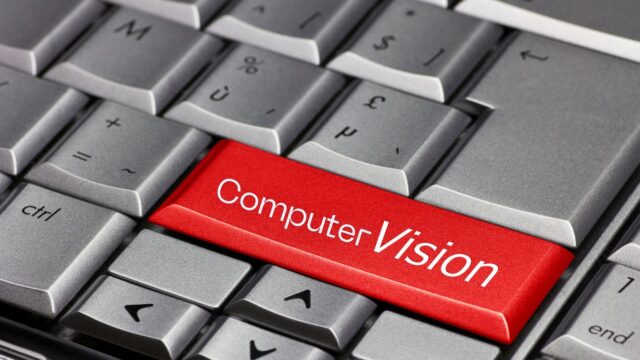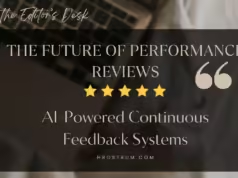The New Lens of Talent Evaluation
The traditional resume has long been the gatekeeper of professional opportunity, but a revolutionary change is sweeping through the talent assessment landscape. Computer vision technology is emerging as a powerful tool that’s transforming how organizations evaluate skills, promising a future where capabilities are demonstrated and analyzed in real-time rather than simply listed on paper.
The Technology Behind the Revolution
At its core, computer vision in skills assessment works by capturing and analyzing visual data during various evaluation scenarios. Modern systems can interpret everything from a candidate’s coding patterns to their physical movements in simulated work environments. This technology goes beyond traditional metrics, offering insights into how people actually perform tasks rather than just their claimed proficiencies.
Real-World Transformations
Consider how Microsoft transformed their developer hiring process by implementing computer vision-based assessment. Their system analyzes not just the code candidates write, but how they write it. The technology tracks problem-solving approaches, development environment navigation, and even stress management during technical challenges. The result? A 35% improvement in successful hires and a significant reduction in early-stage turnover.
Healthcare giant Mayo Clinic has pioneered another compelling application. They’ve implemented a computer vision system that assesses medical professionals’ technical skills in simulated procedures. The system evaluates everything from hand steadiness to procedural accuracy, providing objective data that complements traditional qualifications. This approach has reduced training time by 40% and improved patient care metrics.

The Human Element
Despite its technological sophistication, computer vision isn’t replacing human judgment – it’s enhancing it. Take Unilever’s groundbreaking approach: they’ve integrated computer vision into their initial screening process, analyzing candidates’ facial expressions and body language during video interviews. However, these insights are just one part of a holistic evaluation that still relies heavily on human expertise for final decisions.
Breaking Down Barriers
One of the most significant impacts of computer vision in skills assessment is its potential to reduce bias. Unlike human evaluators, who may be influenced by unconscious prejudices, computer vision systems focus purely on demonstrable skills and behaviors. Companies like IBM have reported a 20% increase in workforce diversity after implementing computer vision-based initial screenings.
Industry-Specific Impact
Manufacturing has seen particularly dramatic benefits. Toyota’s implementation of computer vision for assessing assembly line skills has revolutionized their hiring process. The system evaluates candidates’ precision, speed, and safety awareness in real-time simulations. This approach has not only improved hire quality but also reduced workplace incidents by 25%.
In the creative sector, Adobe has developed a unique application of this technology. Their system analyzes designers’ workflows in real-time, evaluating not just final outputs but the entire creative process. This has led to more nuanced understanding of creative capabilities and improved project team formation.
Ethical Considerations and Privacy
The power of computer vision in skills assessment comes with significant responsibility. Organizations must navigate complex privacy considerations and ensure transparent communication about how data is collected and used. Leading companies are addressing these concerns by implementing strict data protection protocols and giving candidates full control over their recorded information.
The Future Landscape
As we look ahead, the integration of computer vision with other emerging technologies promises even more sophisticated assessment capabilities. Augmented reality is beginning to play a crucial role, allowing candidates to demonstrate skills in highly realistic virtual environments. Some organizations are experimenting with AI-powered behavioral analysis that can predict team dynamics and leadership potential.
Implementation Challenges
While the benefits are clear, implementing computer vision in skills assessment isn’t without challenges. Organizations must invest in robust technical infrastructure and ensure their teams are properly trained to interpret and use the data effectively. Cultural adaptation often proves as challenging as technical implementation.
Strategic Implementation
Success in implementing computer vision for skills assessment requires a thoughtful, phased approach. Organizations should start with pilot programs in specific departments or roles, gather data on effectiveness, and gradually expand based on learned insights. Regular calibration and updating of assessment parameters ensures the system remains relevant and effective.
The Path Forward
The future of skills assessment lies in the intelligent combination of technology and human insight. Computer vision is not just changing how we evaluate talent – it’s fundamentally altering our understanding of human capability and potential. Organizations that embrace this technology while maintaining a human-centric approach will find themselves at the forefront of talent acquisition and development.
As we move forward, the question isn’t whether to adopt computer vision in skills assessment, but how to implement it most effectively. The technology is ready – are organizations prepared to see beyond the resume?










